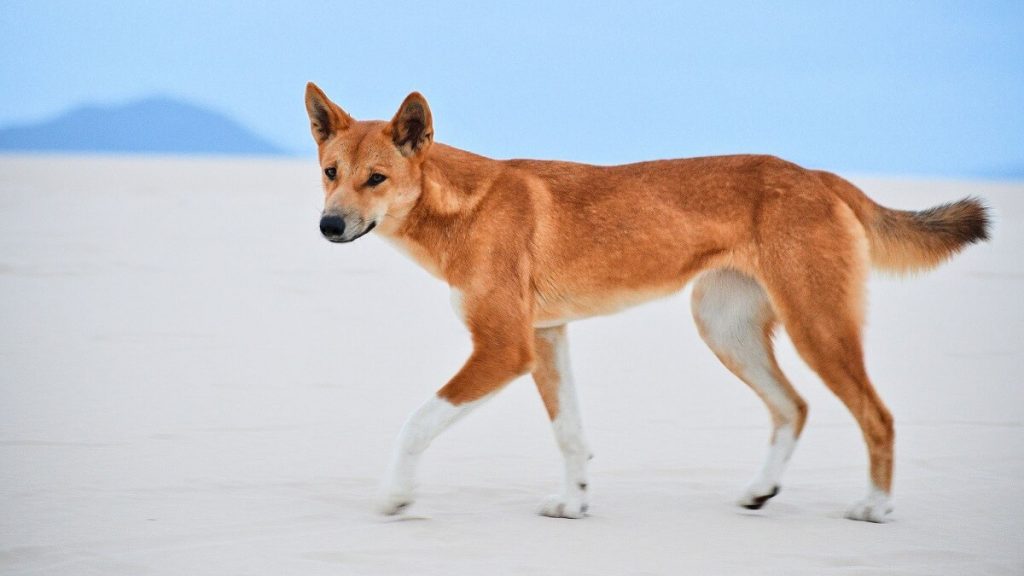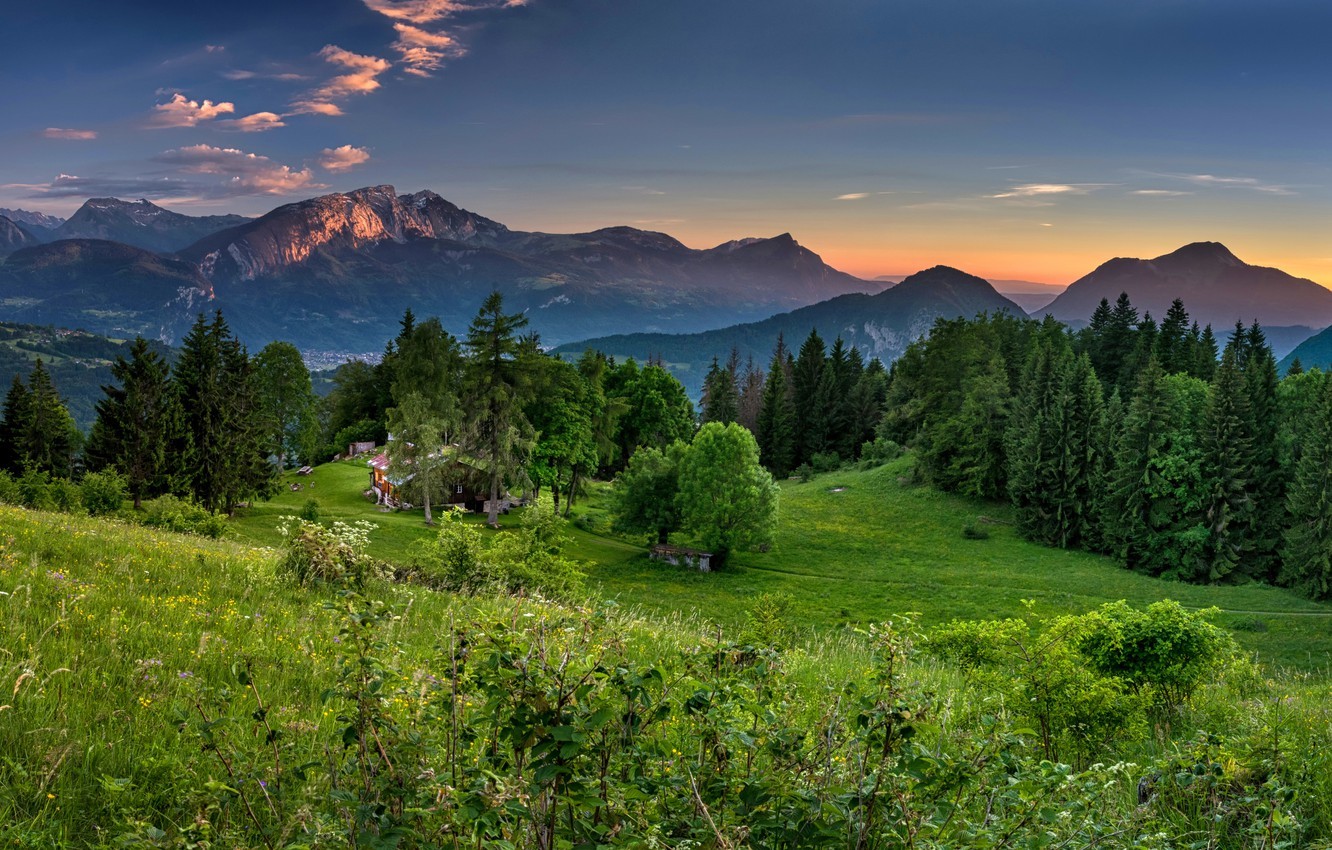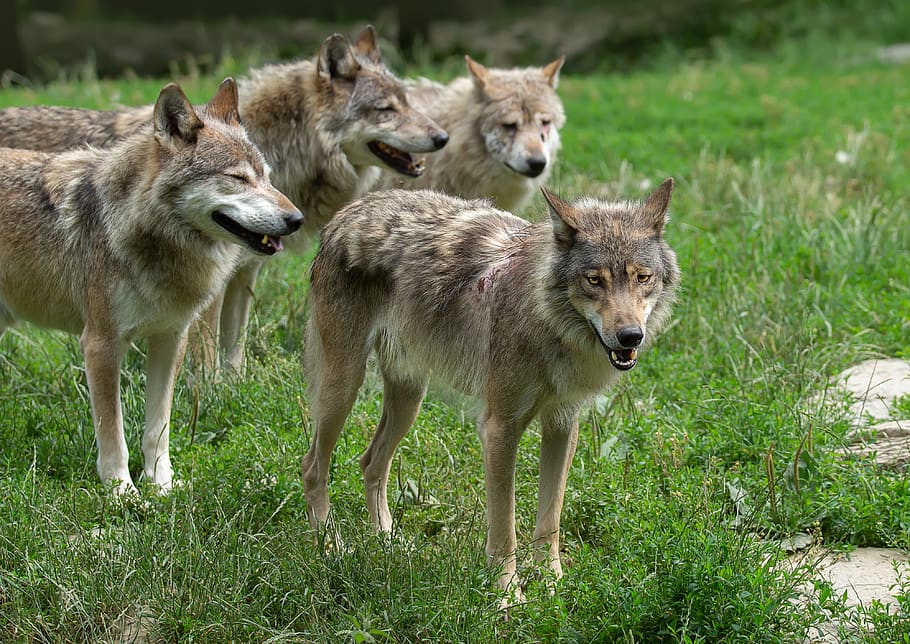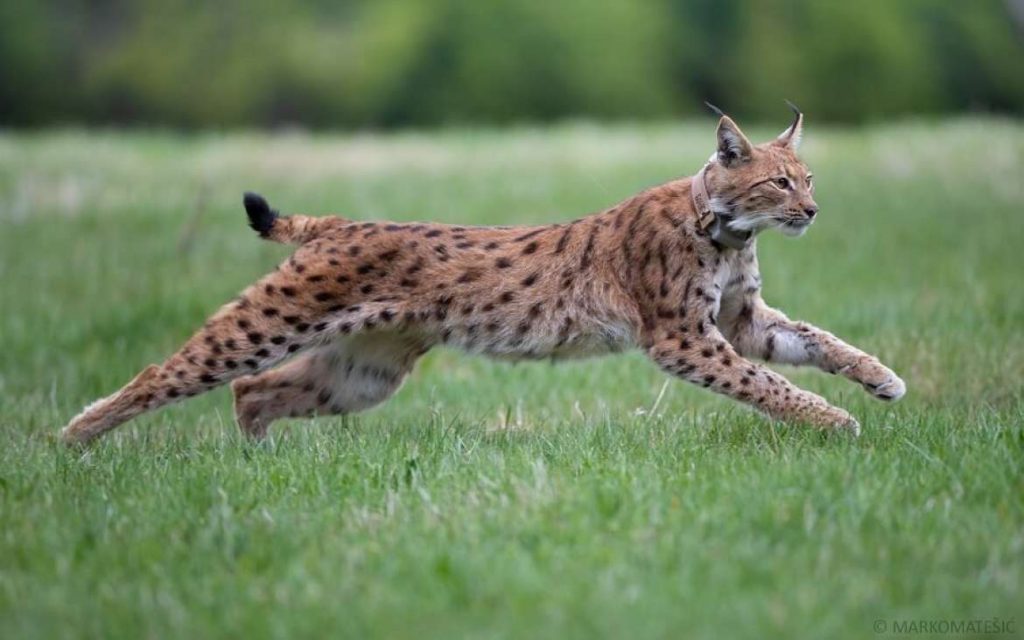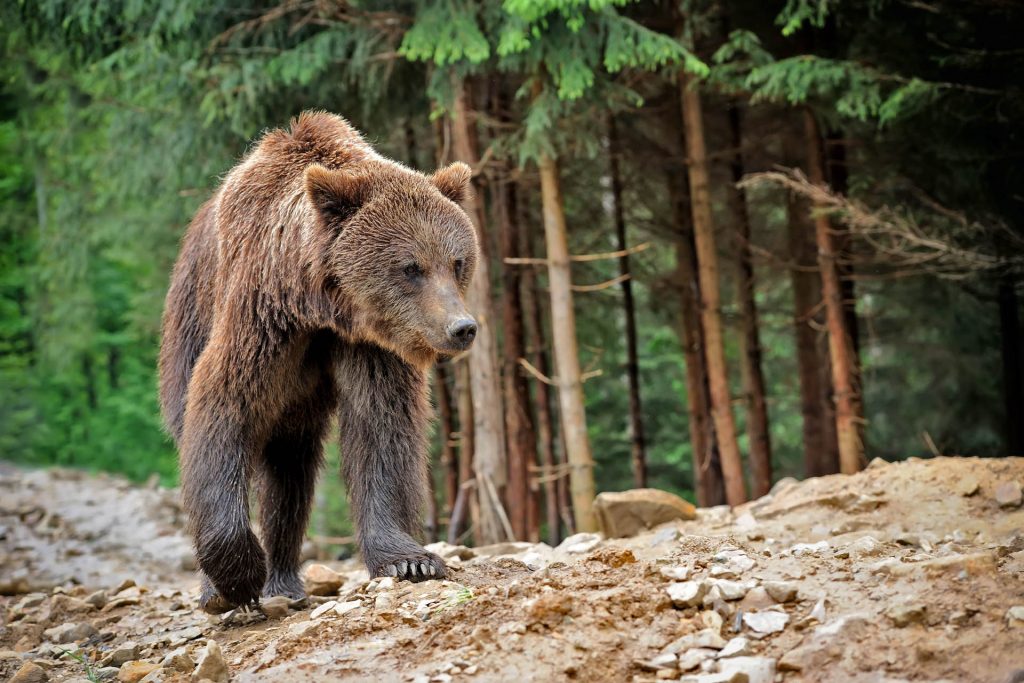The European commision has proposed downgrading the protection of wolves from their current strictly protected, but it has been suggested that this is not based on any science.
A total of 9 countries (The call for a re-evaluation of the annexes of the EU Habitats Directive is included in a note put forward by Finland with the support of Austria, Czechia, Greece, Italy, Latvia, Romania, Slovakia and Sweden, ahead of the EU Agriculture Council meeting of 23 January).
The problem with this move, is that while in some countries like Romania, there is a large and healthy wolf population, in other countries like France it is a very different matter. If there is a change in their status, it needs to be assessed country by country, and the European Union must really require minimum levels, otherwise, this move is highly likely to lead to the extinction of the wolf across much of Europe once again.
While living alongside wolves is not always simple, it is essential to have predators to control populations of prey, such as deer. This is not something that is easily replaced by culling, and in the UK, the likely reduction in car collisions with deer would save far more than the cost of compensation for the occasional livestock that might be lost (of course, the wolf is not currently wild in the UK and the current government sees no reason to change this).
While complicated, the interest in the wolf is high, and it is highly likely that farmers would be able to supplement their farming income by money they could be paid through ecotourism and allowing people to try to see the wolves from their land. Wolves as with many other species are still slowly recovering from centuries of persecution, they are needed for our ecosystem to flourish, and can be good for everyone, with adjustments and compensation for loss of livestock.

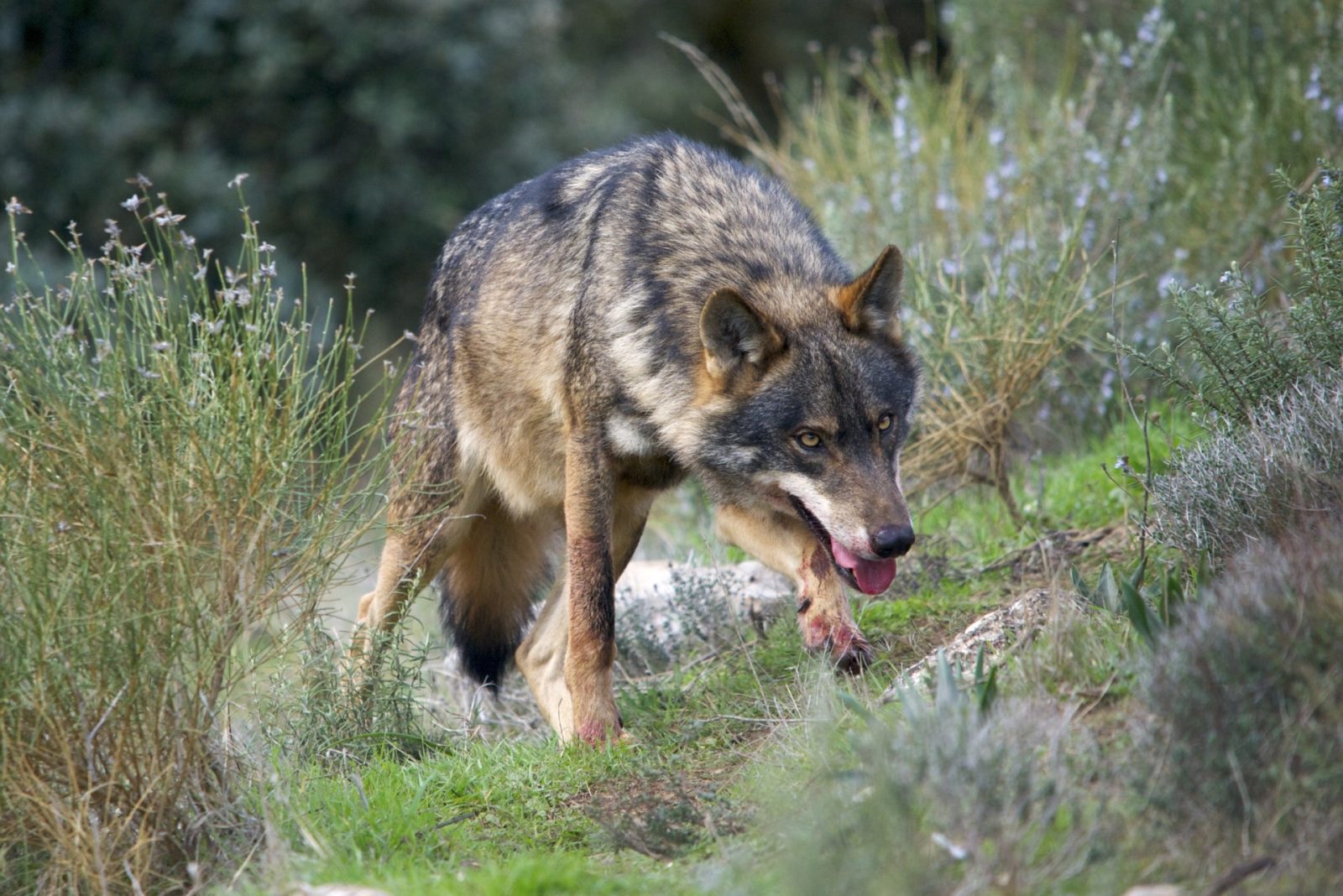
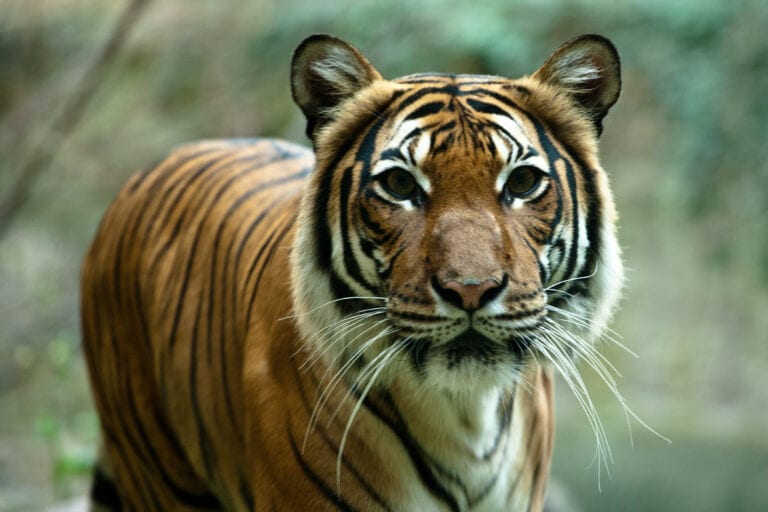
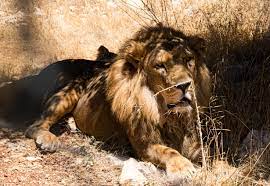
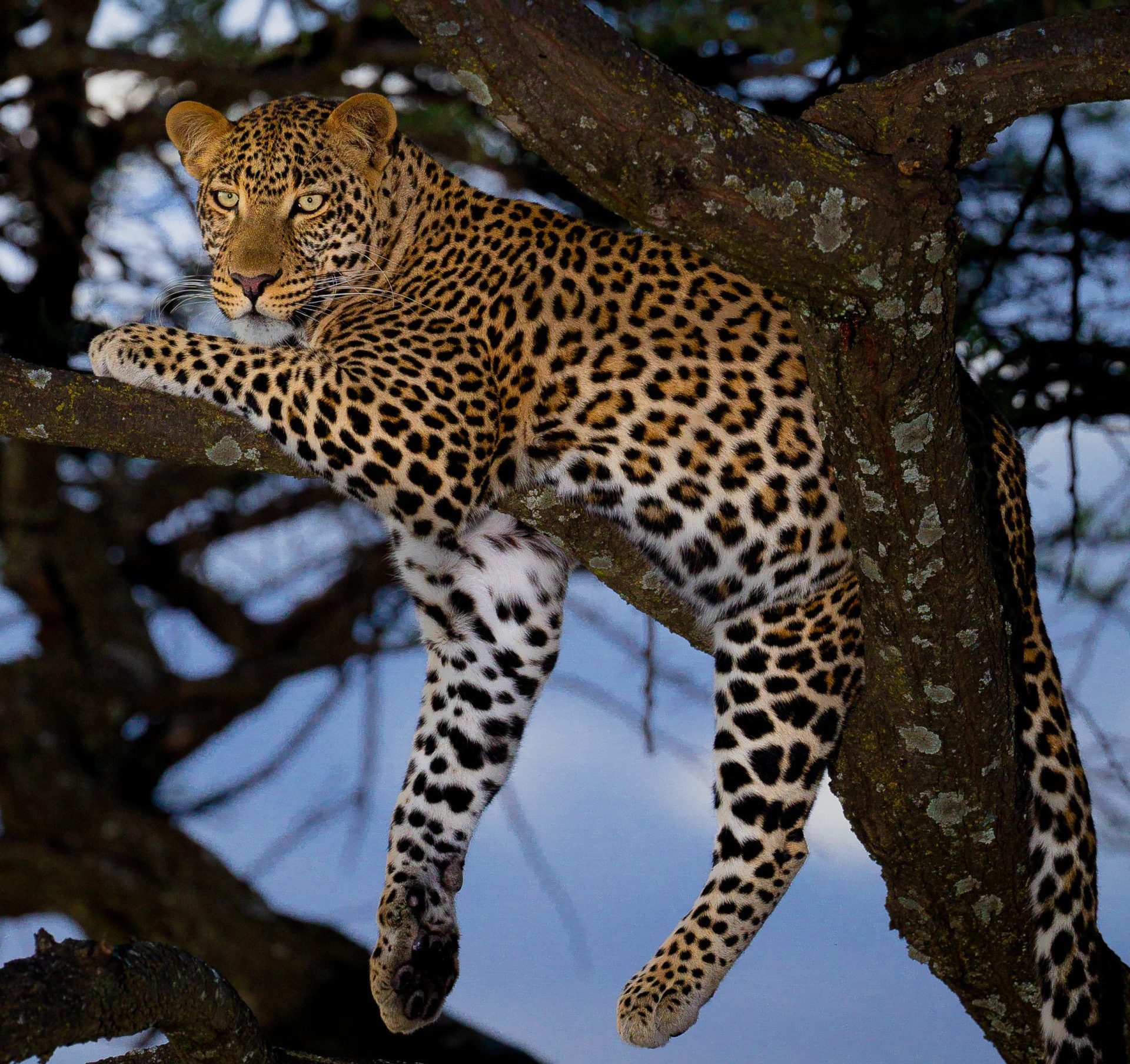
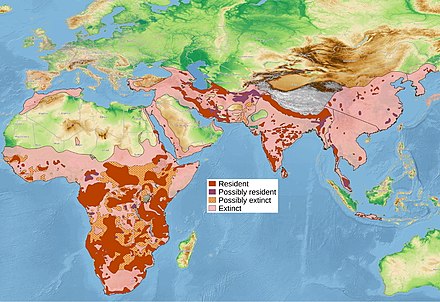 50 years ago, Africa was estimated to have 700,000 the current number is nearer to 50,000. This is not evenly spread, such that while 34 countries are thought to still host them. It should be noted, that the so called Barbary leopard is included in this subspecies. While there is still much debate (not least the suggestion that the Sahara might have stopped gene from from the Barbary region to the rest of Africa. In a similar way, there is discussion on a variety of different populations of leopards, but these will not get their own tab, until they are declared as recognized subspecies (there was, at one time as many as 37 claimed different subspecies of leopard spread across Africa and Asia, many were lost, when the genetic differences were found to be so small).
50 years ago, Africa was estimated to have 700,000 the current number is nearer to 50,000. This is not evenly spread, such that while 34 countries are thought to still host them. It should be noted, that the so called Barbary leopard is included in this subspecies. While there is still much debate (not least the suggestion that the Sahara might have stopped gene from from the Barbary region to the rest of Africa. In a similar way, there is discussion on a variety of different populations of leopards, but these will not get their own tab, until they are declared as recognized subspecies (there was, at one time as many as 37 claimed different subspecies of leopard spread across Africa and Asia, many were lost, when the genetic differences were found to be so small).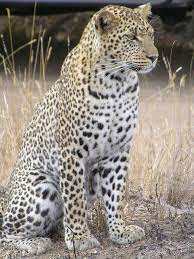
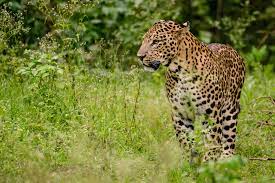
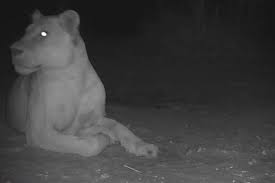
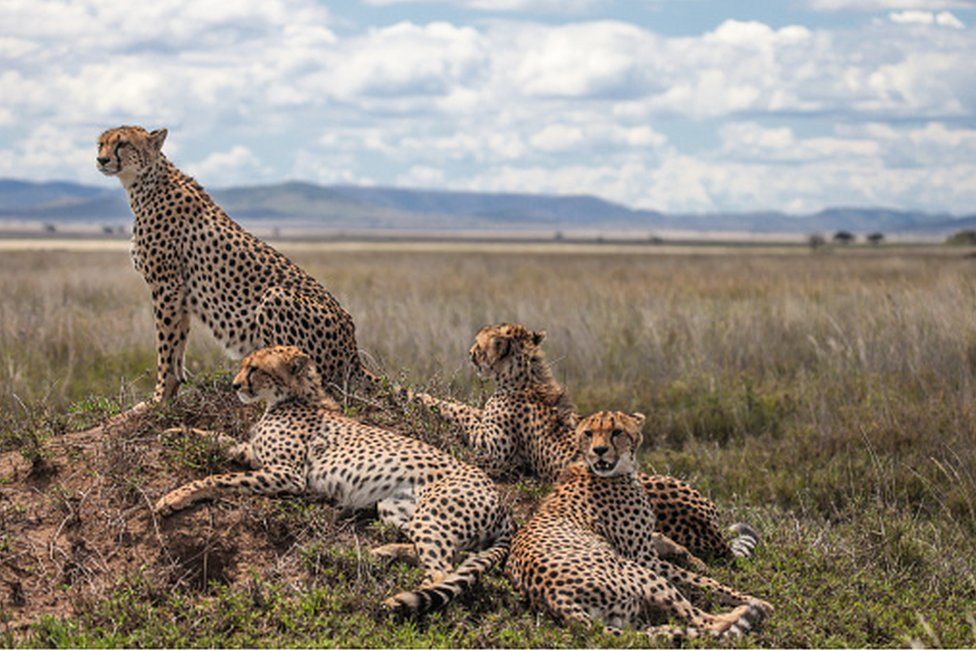
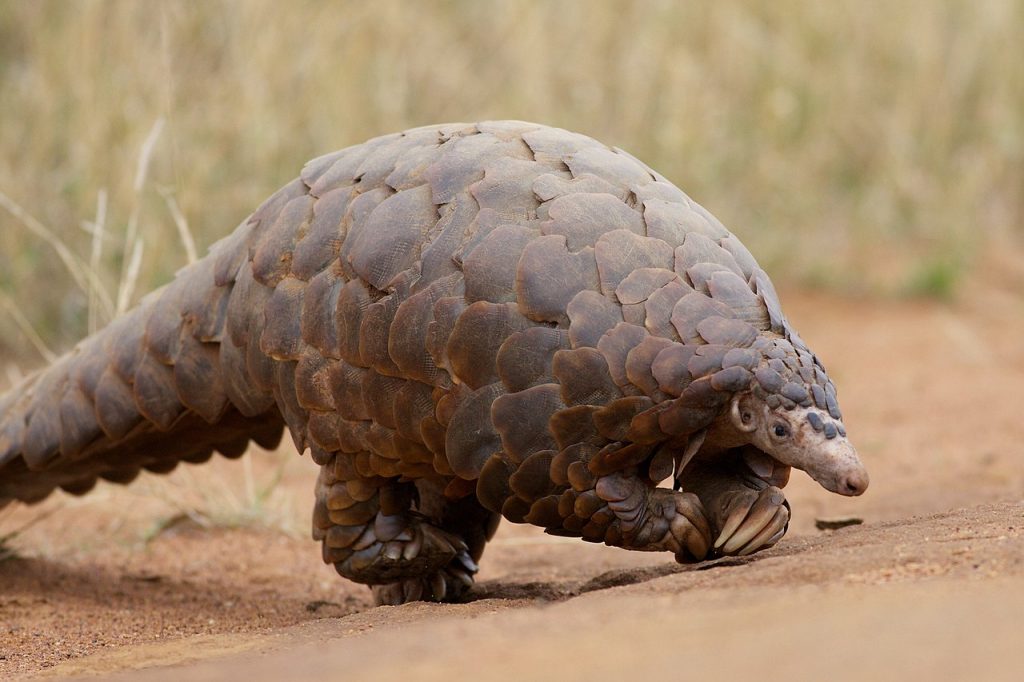
 Image source
Image source 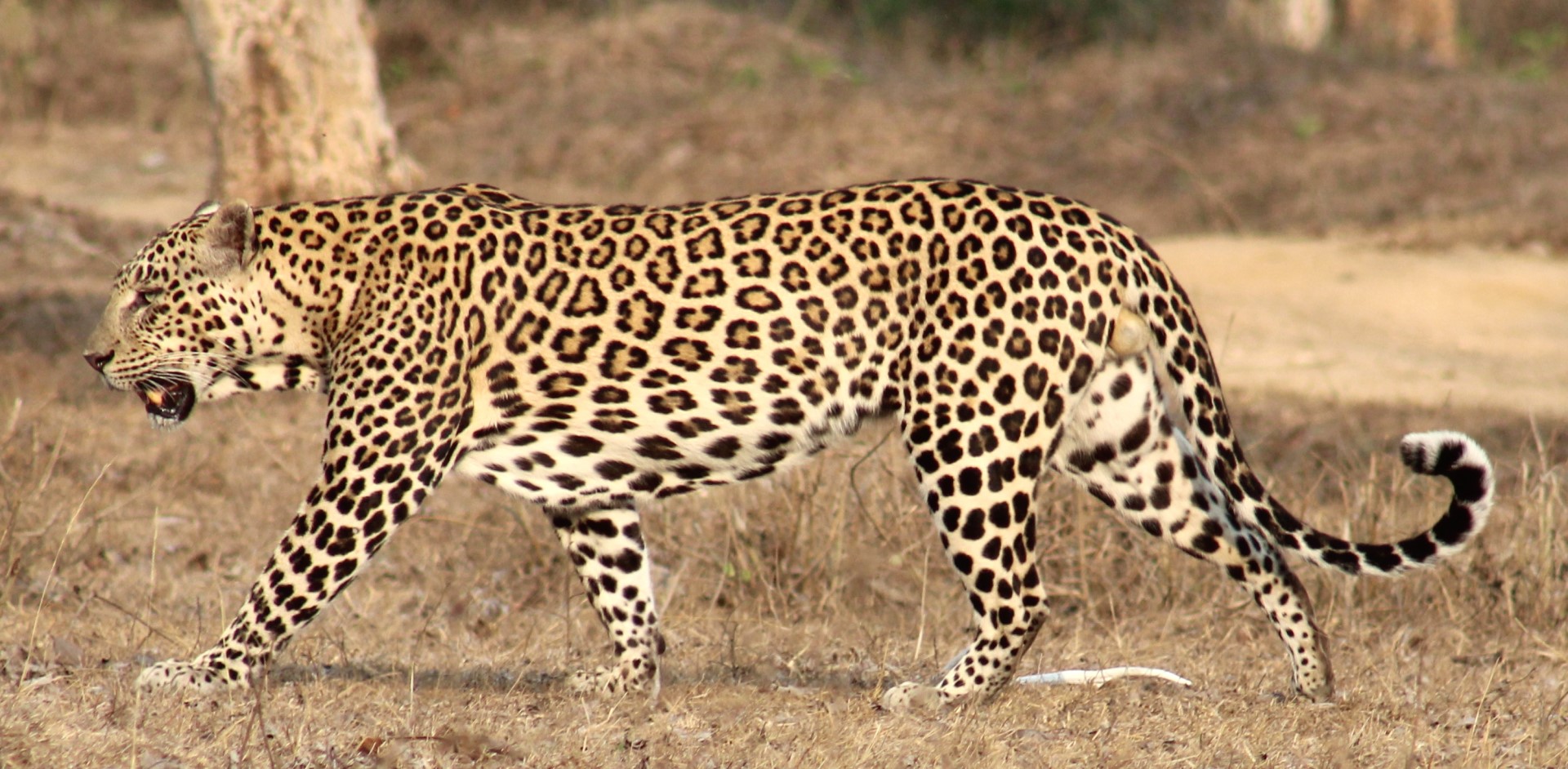
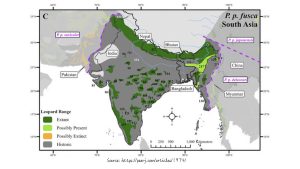 The number of Indian leopards in the wild is a worryingly low number. Some places suggest around 9500, while others suggest 12,000-14,000 (remember that the area of India is 10% of Africa, so this is far better by area.
The number of Indian leopards in the wild is a worryingly low number. Some places suggest around 9500, while others suggest 12,000-14,000 (remember that the area of India is 10% of Africa, so this is far better by area.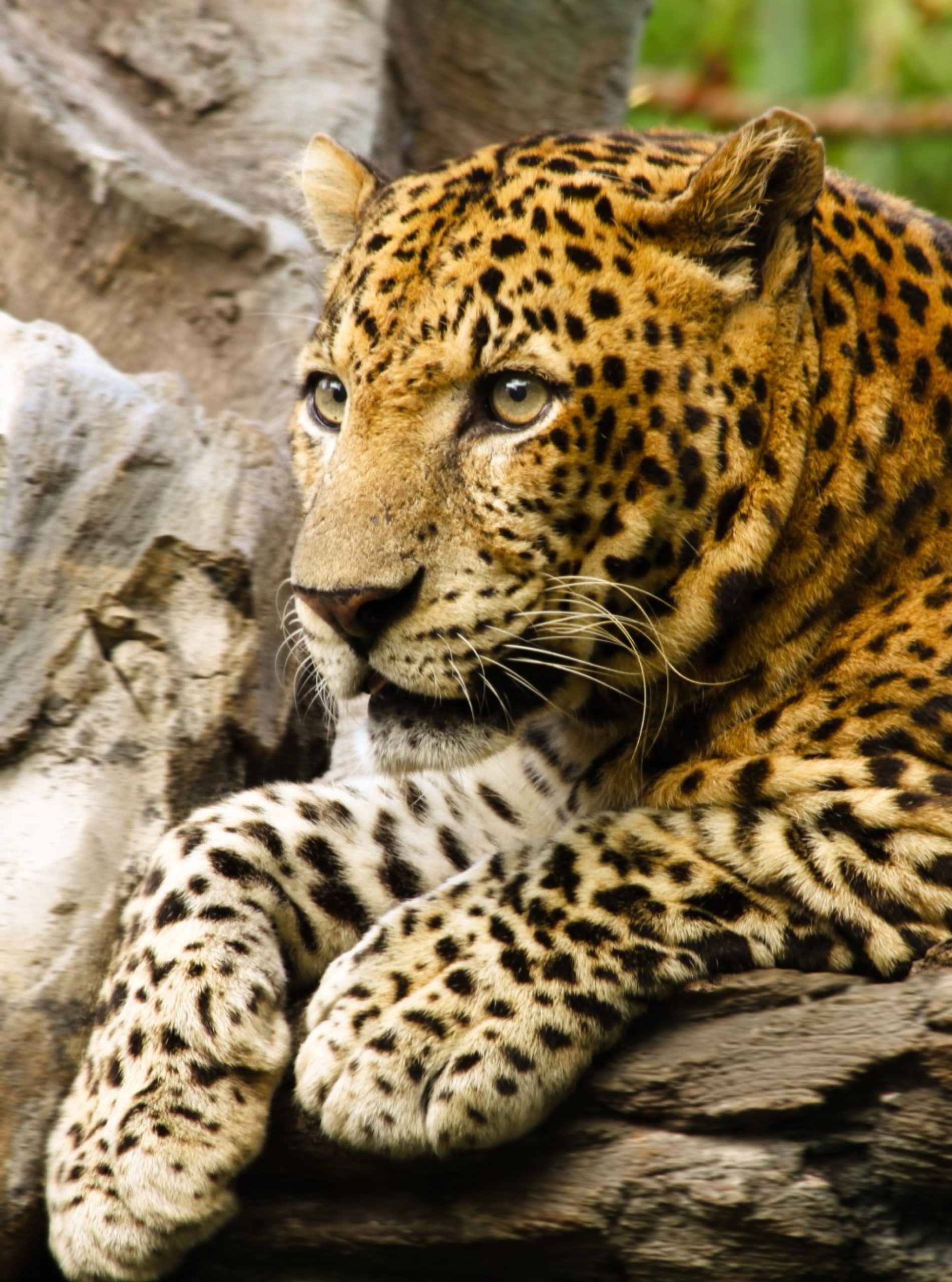
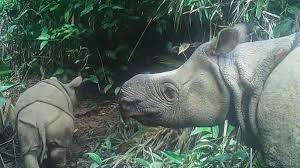
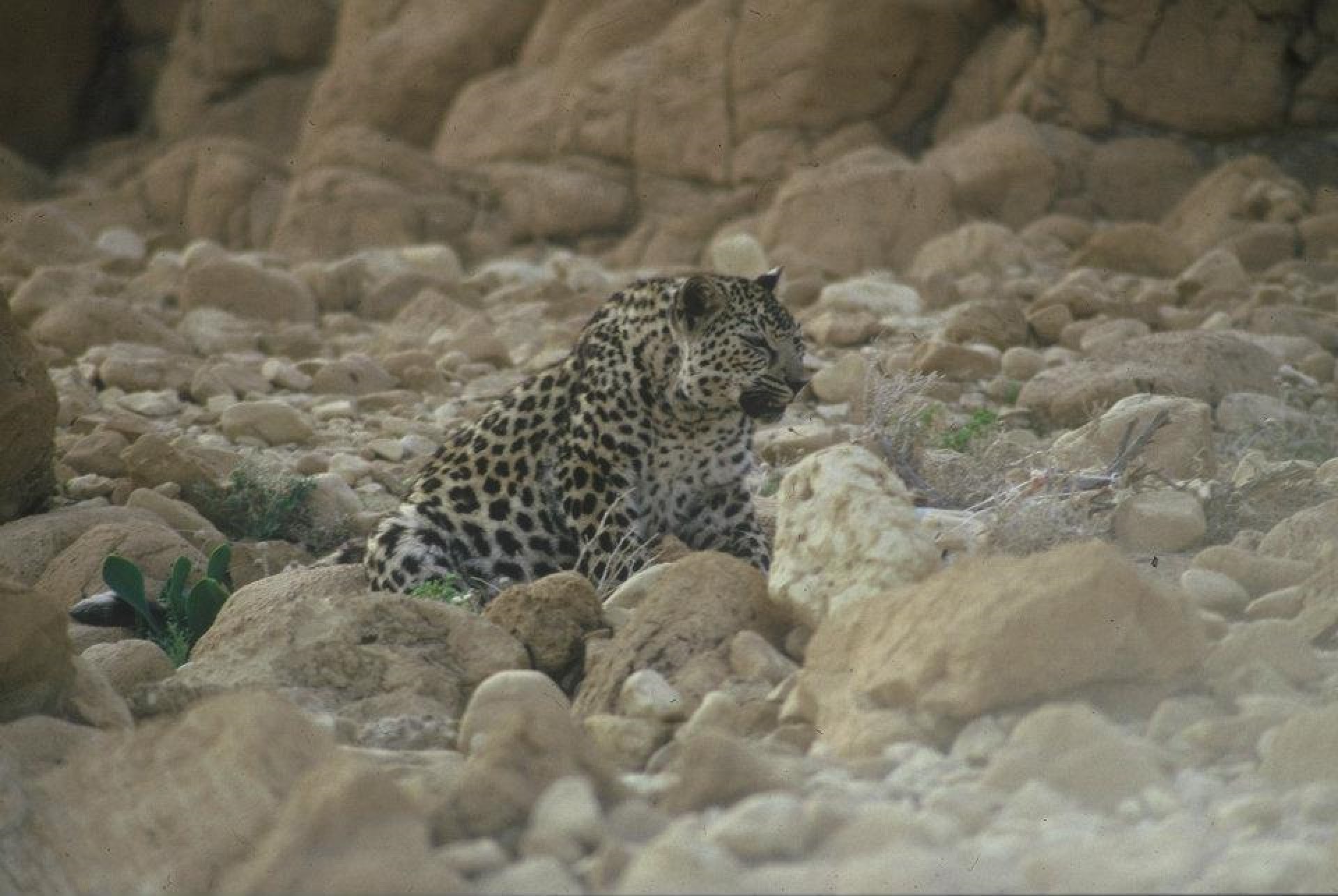
 In 2008, the size of this subspecies left in the wild was thought to be between 45 and 200. As such, it is perhaps not surprising that this subspecies has been critically endangered since 1996.
In 2008, the size of this subspecies left in the wild was thought to be between 45 and 200. As such, it is perhaps not surprising that this subspecies has been critically endangered since 1996.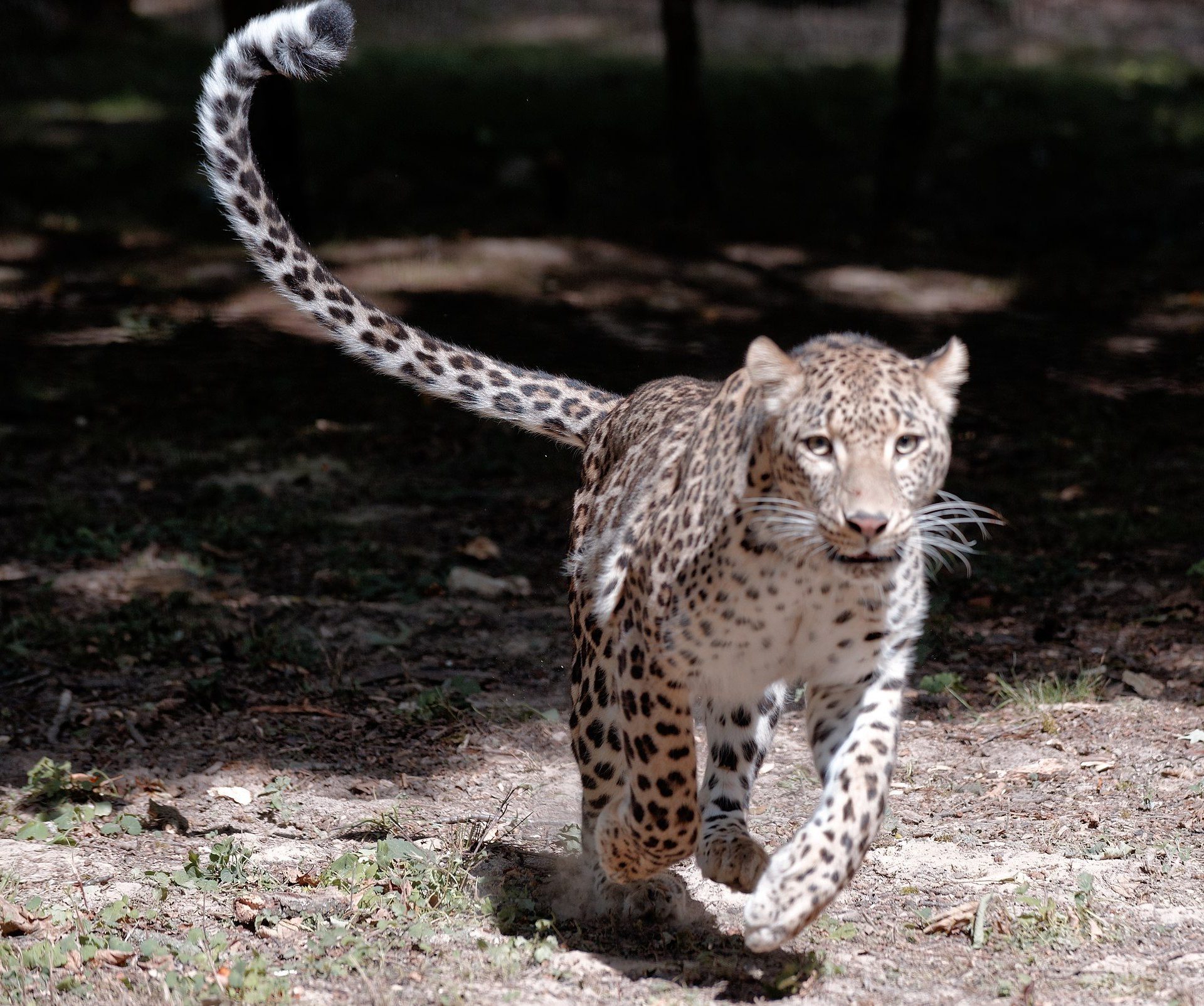
 Caucasian (also called Persian) Leopard)
Caucasian (also called Persian) Leopard) 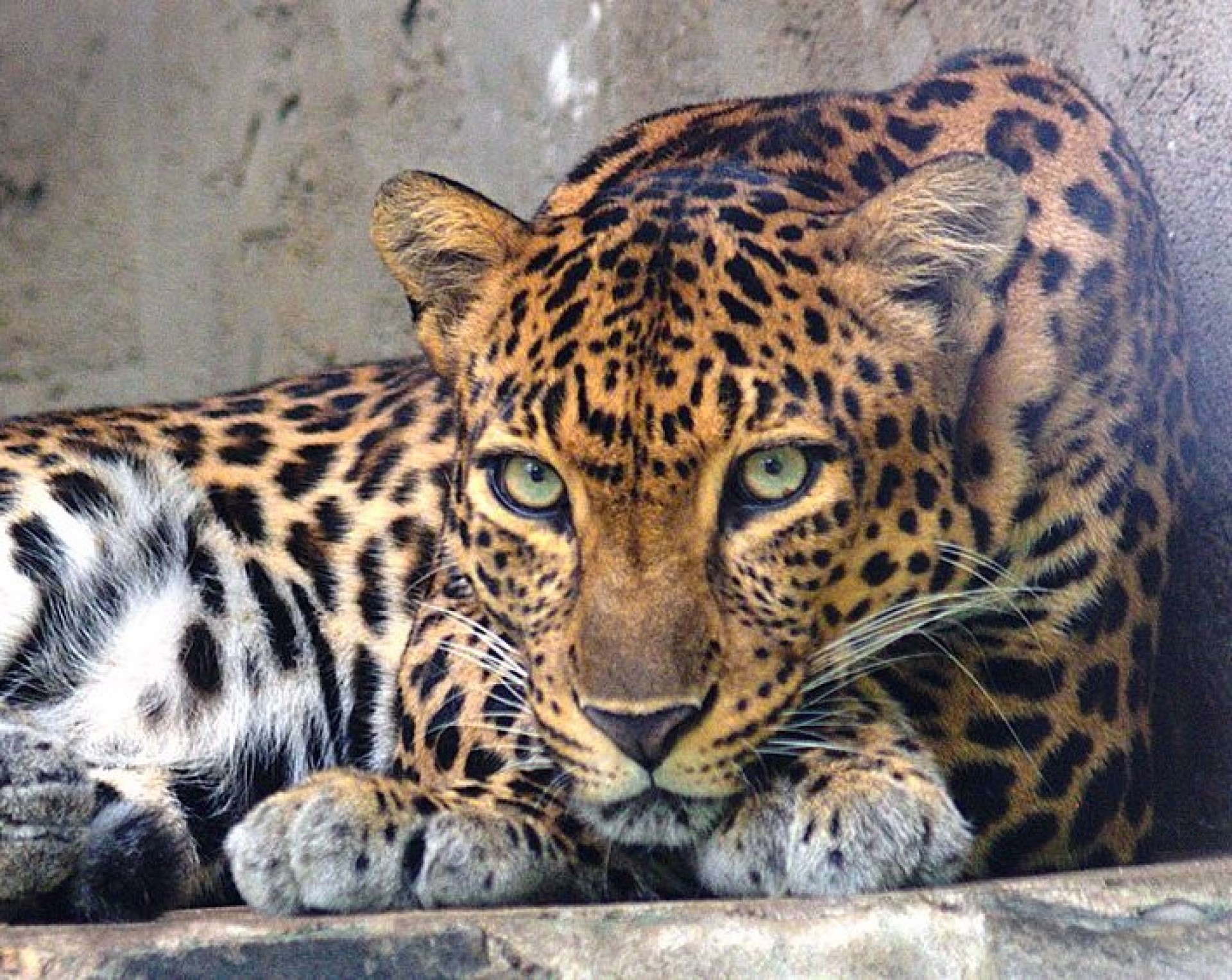
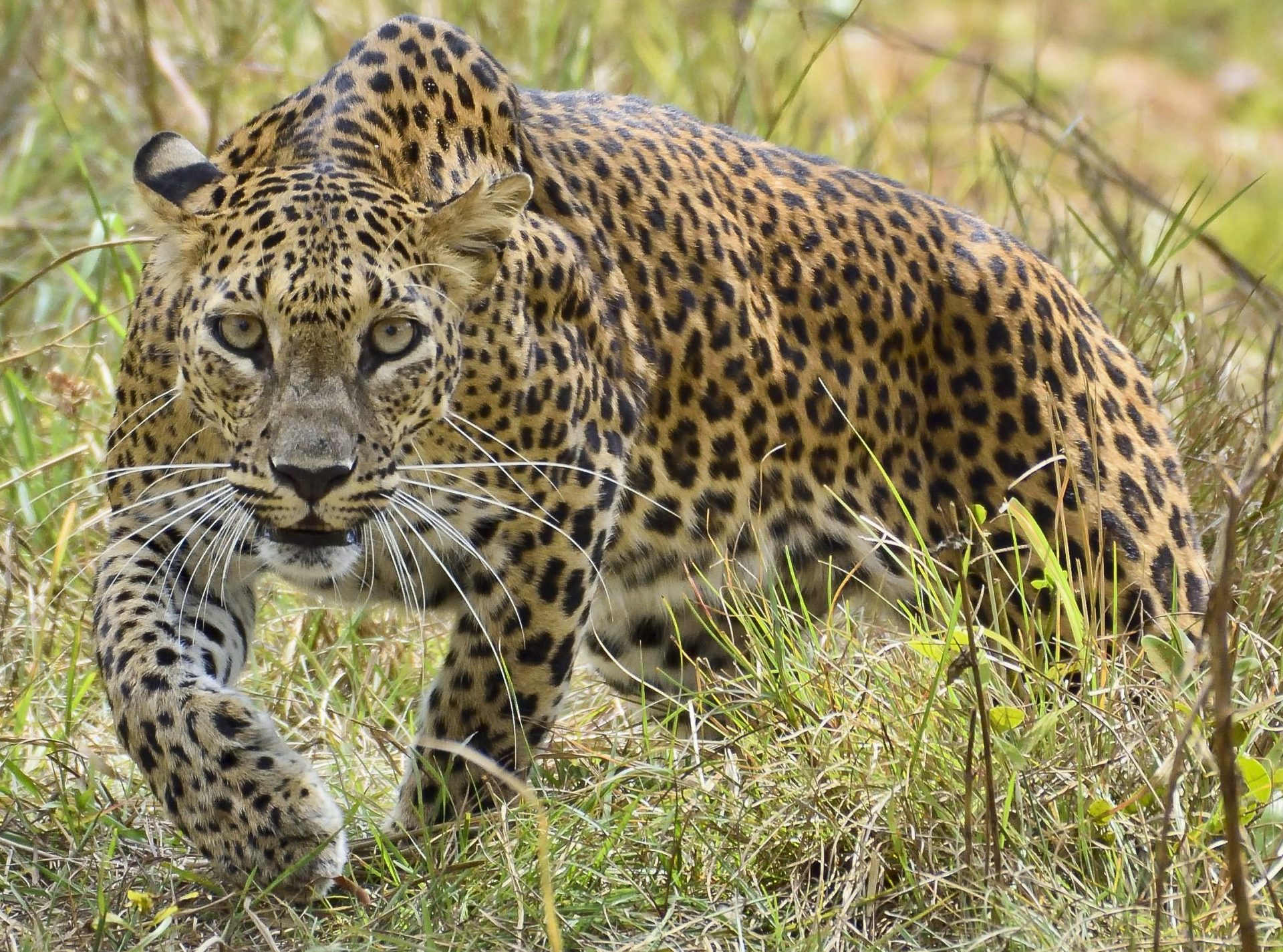
 Only described in 1956, they are relatively similar to the Indian Leopard, and were thought to be part of that subspecies until then. There are only 800 of this subspecies of leopard, and they were listed as vulnerable in 2020, and unfortunately it is thought to still be declining. It is thought, that as a result of being the apex predator on the island, they have got bigger.
Only described in 1956, they are relatively similar to the Indian Leopard, and were thought to be part of that subspecies until then. There are only 800 of this subspecies of leopard, and they were listed as vulnerable in 2020, and unfortunately it is thought to still be declining. It is thought, that as a result of being the apex predator on the island, they have got bigger.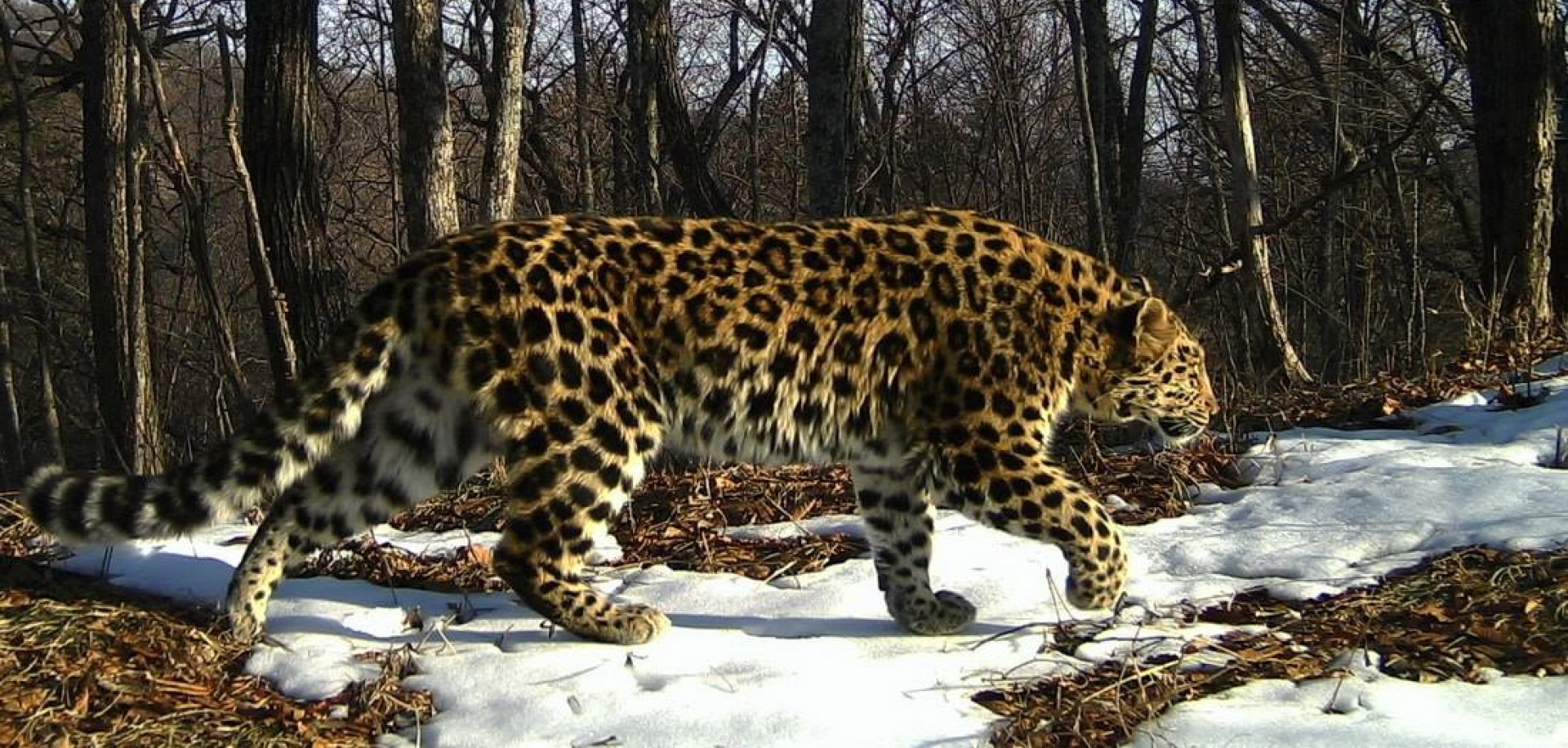

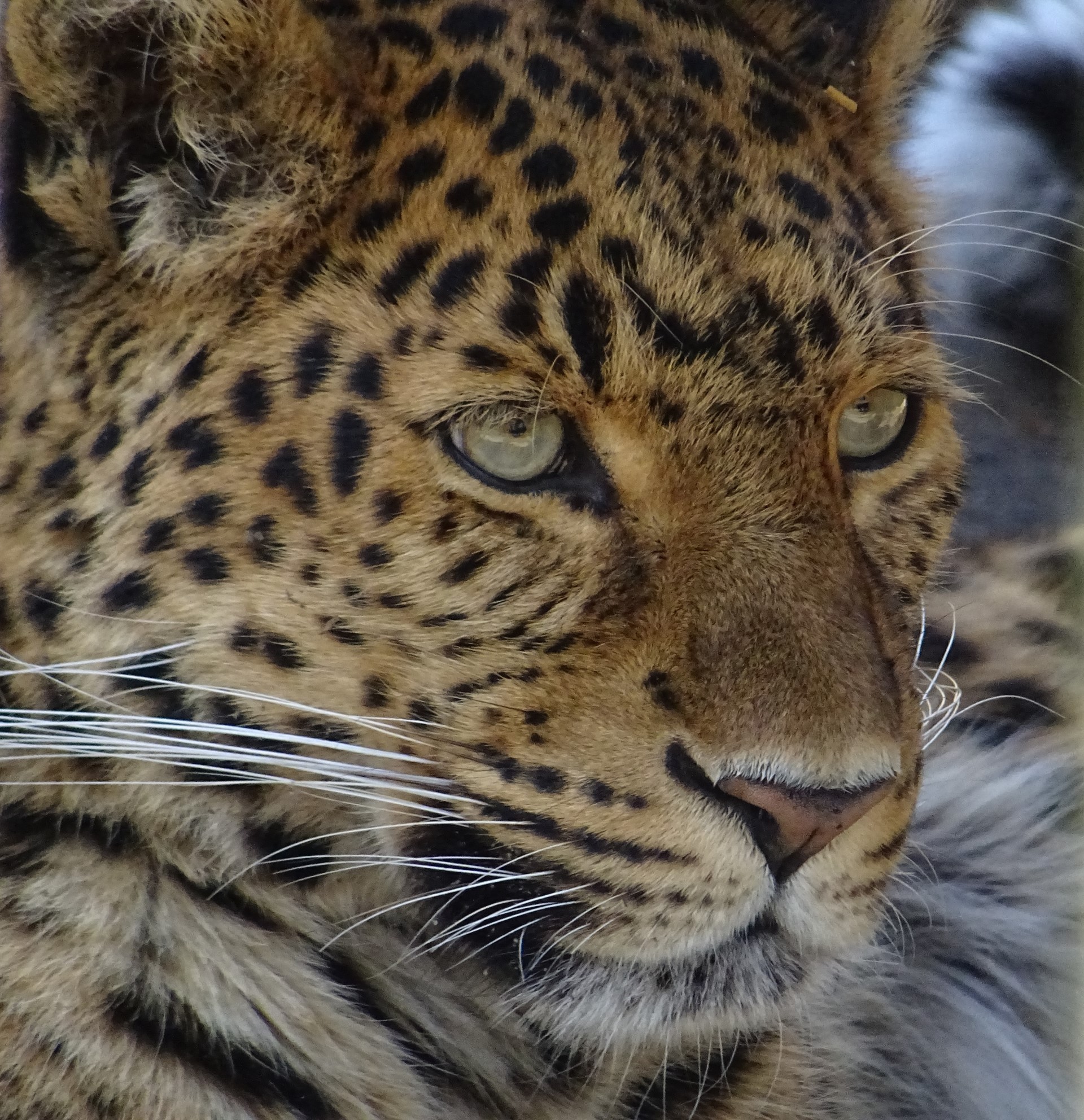
 Records from before 1930 suggest that this species of Leopard used to live near Beijing and in the mountains to the North-west. The wild population is estimated at around 110, so is one of the more endangered leopard species in the world. It is thought that this population and the Amur Leopard species were connected until just a few hundred years ago. As such, it may well be possible to boost genetic variability if that were to become necessary.
Records from before 1930 suggest that this species of Leopard used to live near Beijing and in the mountains to the North-west. The wild population is estimated at around 110, so is one of the more endangered leopard species in the world. It is thought that this population and the Amur Leopard species were connected until just a few hundred years ago. As such, it may well be possible to boost genetic variability if that were to become necessary.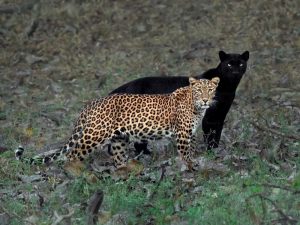
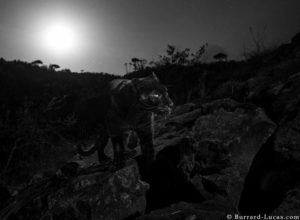 Like many cats – both big and lesser cats, they have rare colourings. These are not separate species, instead they are either melanistic, or albino.
Like many cats – both big and lesser cats, they have rare colourings. These are not separate species, instead they are either melanistic, or albino.

